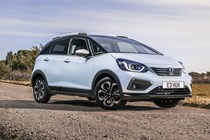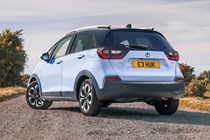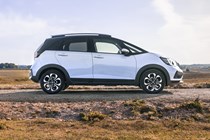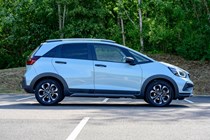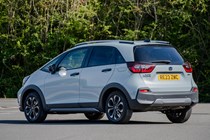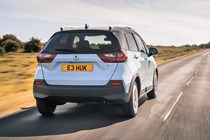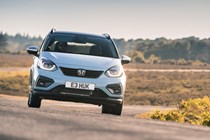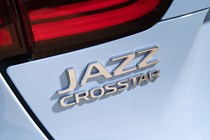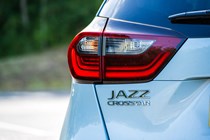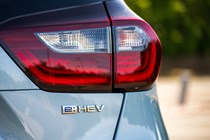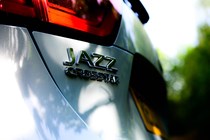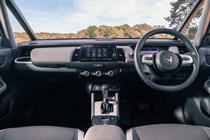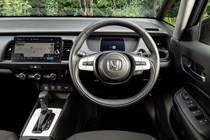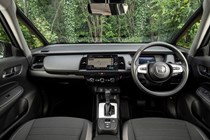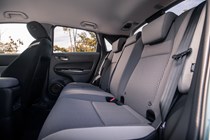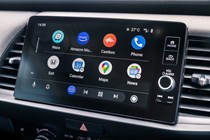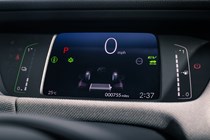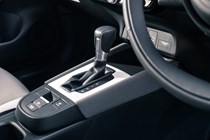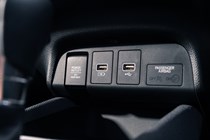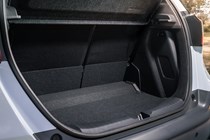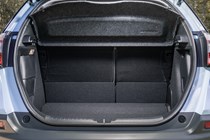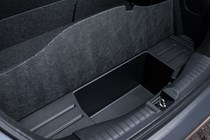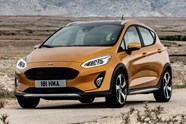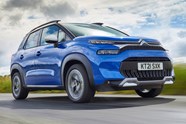
Honda Jazz Crosstar (2020-2023) review
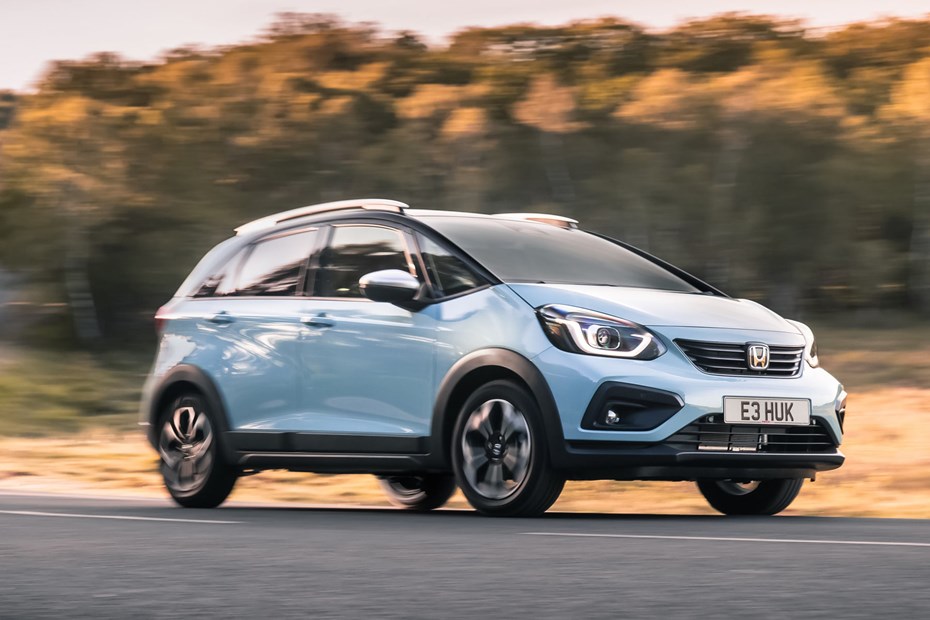
At a glance
| Price new | £26,190 |
|---|---|
| Used prices | £13,502 - £19,620 |
| Road tax cost | £195 |
| Insurance group | 19 |
Get an insurance quote with

|
|
| Fuel economy | 58.9 mpg |
| Miles per pound | 8.6 |
| Number of doors | 5 |
| View full specs for a specific version | |
Available fuel types
Hybrid
Pros & cons
- Chunky makeover works very well
- Hybrid system among the best available
- Same clever interior as the regular hatchback
- Only one engine choice
- Performance and economy suffer slightly
- Plenty of more conventional SUV rivals
Honda Jazz Crosstar (20-23) rivals
Overview
We like the Honda Jazz. It’s one of our favourite small cars thanks to its hugely practical interior and ruthlessly efficient hybrid powertrain. But this isn’t your common or garden Jazz – this is the Crosstar. The Honda Jazz Crosstar takes all the standard car’s strengths and adds a slight increase in ride height and some rugged off-road inspired styling to boost its appeal to those shopping for an SUV.
We’ll walk you through the differences. The Crosstar gets suspension that’s 30mm taller, water-resistant upholstery, roof rails and a fancy stereo. You also get a slightly different radiator grille, unique 16-inch alloys and special paint with the option of a contrasting roof. Inside there’s some soft-touch materials on the dashboard, which on early models is an appealing tweed fabric.
The Crosstar’s inclusion in the range is a no brainer. Small cars like the Jazz remain popular, but an ever-increasing number of buyers are keen to swap their hatchbacks for SUVs. Given how the Jazz already has some SUV-like features (such as a flexible cabin space and an upright driving position), the addition of plastic cladding and longer travel suspension allows Honda to attract customers of all persuasions.
The Japanese carmaker is by far from alone in this thinking – just look to the Ford Fiesta Active and Citroen C3 Aircross for proof of that. Arch rival Toyota fields two potential Crosstar rivals as well: the Aygo X and Yaris Cross. To find out more about how we compared the Jazz to its rivals, check out our explainer page on how we test cars.
‘The Jazz is safe and sensible, yet weirdly satisfying.’
James Dennison, Head of Automotive Video
As with the regular Jazz hatchback, the only engine available is a hybrid powertrain. It combines a 1.5-litre petrol engine and two electric motors to deliver 109hp. The Crosstar’s unique features mean it’s slightly slower to accelerate and slightly less efficient, reducing fuel economy and increasing CO2 emissions. But the differences are tiny and shouldn’t really put you off.
Similarly, while the boot space is a little smaller than that of the normal Jazz, the clever Magic Seats remain to boost practicality in the back, and the Crosstar’s standard roof rails are also handy.
Over the next few pages our Jazz Crosstar review will take you through everything you need to know about Honda’s most compact SUV, including its practicality, how much it costs to run, and whether we’d recommend buying one.



